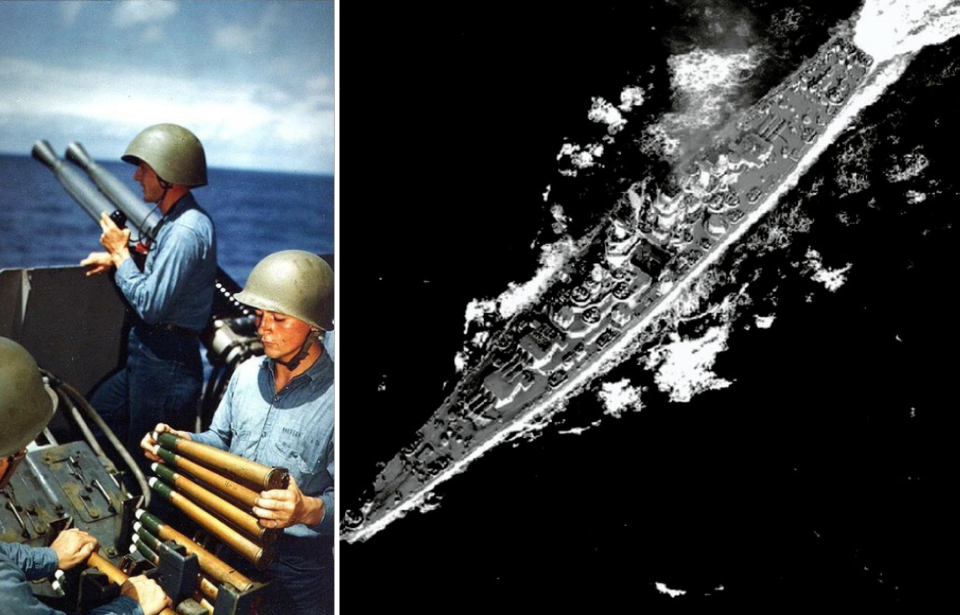History behind the Alaska-class of large cruisers
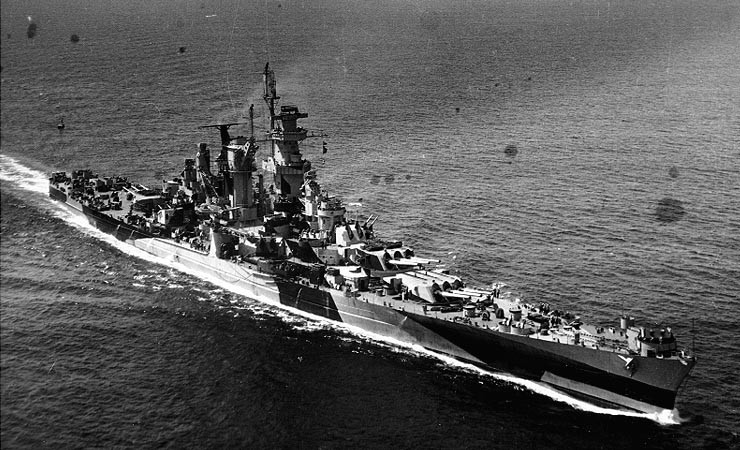
The USS Alaska had the prestigious role as the flagship of the Alaska-class large cruisers. Originally conceived as a family of six, only Alaska and the USS Guam (CB-2) reached completion, while a third vessel was cancelled during the construction phase.
These cruisers, the largest constructed by the United States during the Second World War, occupied a unique niche, bridging the gap between conventional cruisers and battleships. Unlike traditional cruisers, known for their speed, heavy armament and light armor, the Alaska-class struck a balance that offered formidable firepower.
Before the war, the Washington Naval Treaty restricted cruisers to 10,000 tons and eight-inch guns. However, by the late 1930s, intelligence suggested Japan was constructing mammoth “super cruisers” that surpassed any in the US fleet. With aircraft carriers yet to dominate naval strategy, the US Navy countered by developing its own large cruisers to confront these formidable Japanese ships.
Each ship in the class, even those that were scrapped, bore the names of US territories, emblematic of their unique status between battleships and cruisers.
Alaska-class specs
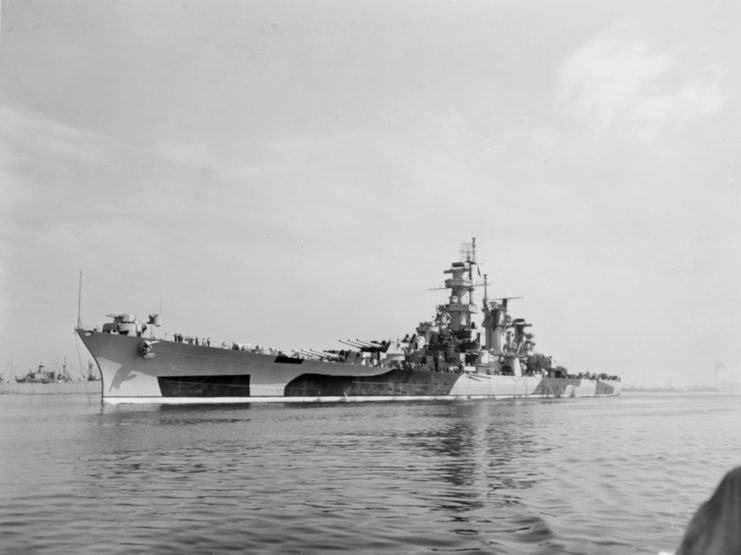
Even though there were only two Alaska-class large cruisers constructed, they were mighty vessels. At 808 feet long, they were about as long as the German battleship Bismarck, and with a displacement of 34,000 tons were heavier than Essex-class carriers. Powered by eight Babcock and Wilcox boilers, the Alaska-class could reach speeds of up to 38 MPH and had a range of 12,000 nautical miles.
As aforementioned, they were heavily-armed. The vessels’ main battery consisted of nine 12-inch/50 Mk 8 naval guns and two forward turrets in a superfiring position and one aft. Six turrets housed another 12 five-inch/38 dual-purpose guns, while 56 quad-mounted Bofors 40 mm guns and 34 single-mounted 20 mm Oerlikon guns served as the ships’ light anti-aircraft defense.
Compared to battleships of the same era, the Alaska-class featured relatively thin armor, but it was by no means poor. Their belt armor was 229 mm thick, while the armor on their deck was 102 mm thick. Their turret faces featured 325 mm-thick armor. This was much less than vessels like the Japanese battleship Yamato or the USS Missouri (BB-63), but was comparable to older and smaller battleships.
Combat in the Pacific Theater had changed come 1944
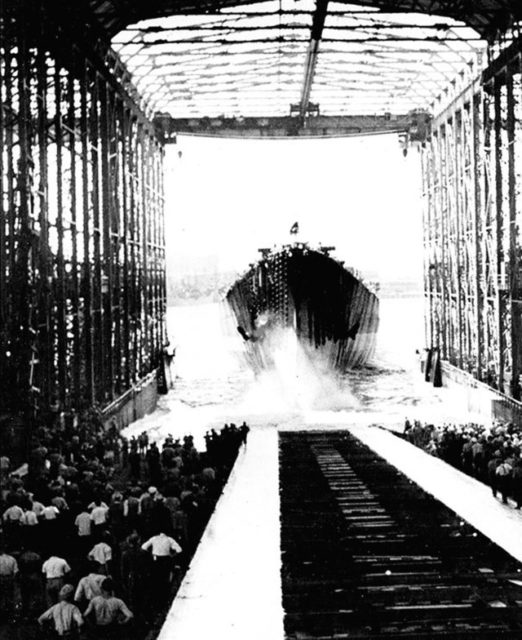
Construction on the USS Alaska commenced in December 1941, shortly following the Japanese attack on Pearl Harbor, and the vessel was commissioned on June 17, 1944. However, by this time, the original strategy of targeting Japanese commerce raiders had become less viable due to big shifts in maritime power dynamics.
At the onset of Alaska’s development, heavily fortified ships were common on the seas. Yet, by mid-1944, the dominance of aircraft carriers had become clear. Even the most formidable battleships were susceptible to air assaults from distances spanning hundreds of miles, lacking adequate defenses. Ships with lighter armor, such as those of the Alaska-class, were especially vulnerable.
The USS Alaska (CB-1) supported US action on Iwo Jima and Okinawa
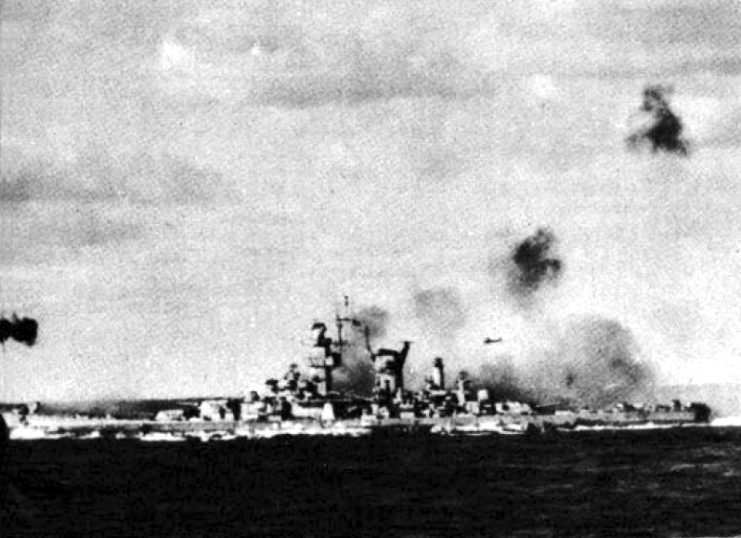
In early 1945, the USS Alaska played a crucial role in supporting the American landings on Iwo Jima, safeguarding the USS Enterprise (CV-6) and Saratoga (CV-3). She later joined forces with the USS Yorktown (CV-10) and Intrepid (CV-11) for airstrikes on Okinawa.
During the Battle of Okinawa, Alaska faced her first combat experience, contending with a fierce Japanese air strike against the US fleet. Amid the intense battle, she successfully shot down two Japanese aircraft, including one that was attempting to crash into Intrepid.
One night in March 1945, Alaska unleashed a torrent of firepower on Minamidaitō, firing forty-five 12-inch shells and 352 five-inch shells. On April 11, she shot down one Japanese aircraft and possibly another, likely a Kugisho MXY7 Ohka 22.
The USS Alaska (CB-1) was ultimately decommissioned
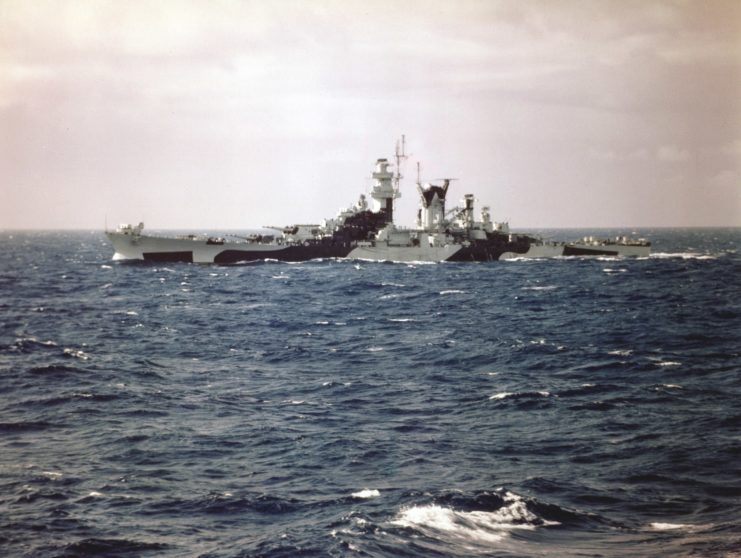
Throughout the latter part of the Second World War, the USS Alaska undertook similar assignments, later joining the occupation force in Japan. She played a role in Operation Magic Carpet, ferrying American troops back home before being retired from active duty in August 1946.
Less than a year later, on February 17, 1947, Alaska was decommissioned.
Efforts were made to explore the possibility of repurposing both Alaska and Guam, but studies revealed such endeavors would be prohibitively expensive. As such, both ships were removed from the Naval Vessel Register and scrapped during the early 1960s.
Are you a fan of all things ships and submarines? If so, subscribe to our Daily Warships newsletter!
Despite arriving late to the war (and without much purpose), the USS Alaska was put to work and scored several victories, kept her crew safe and earned three battle stars.
